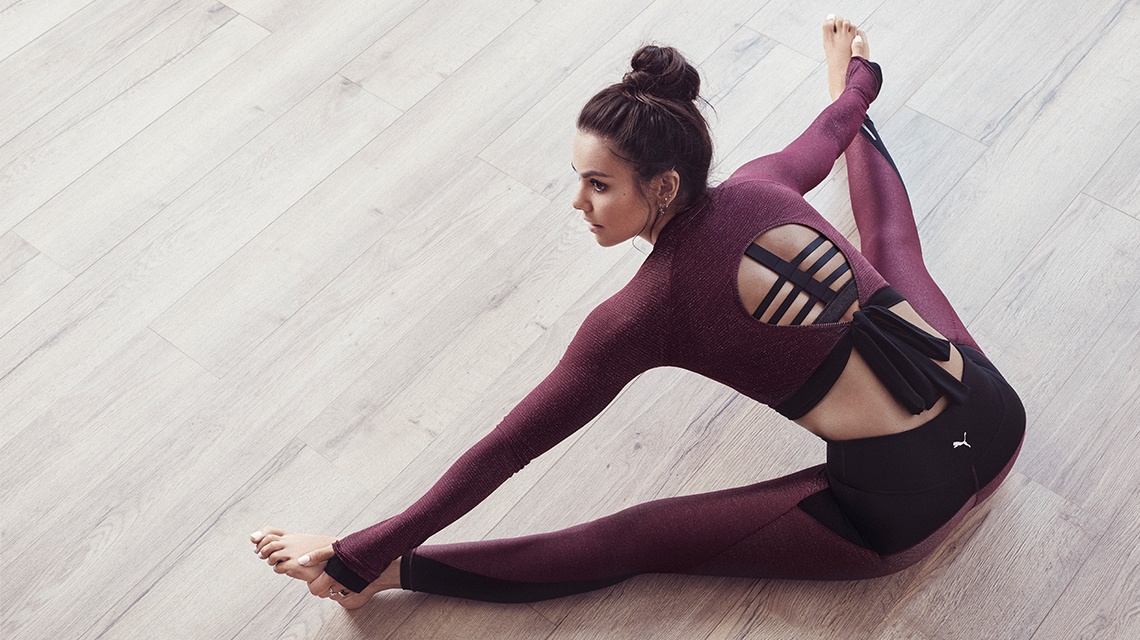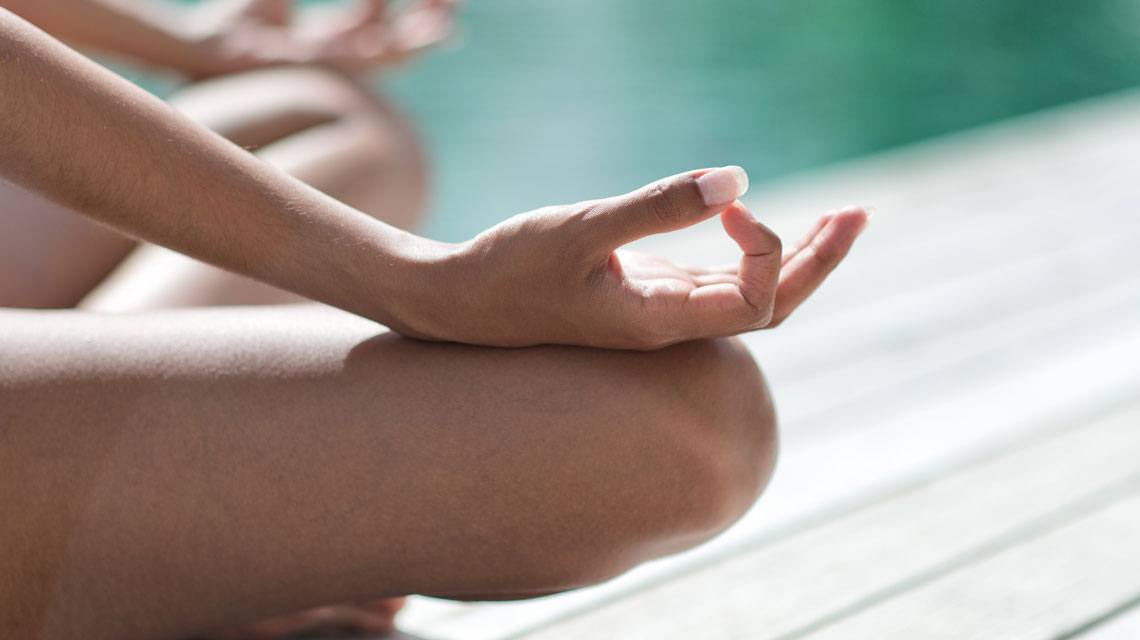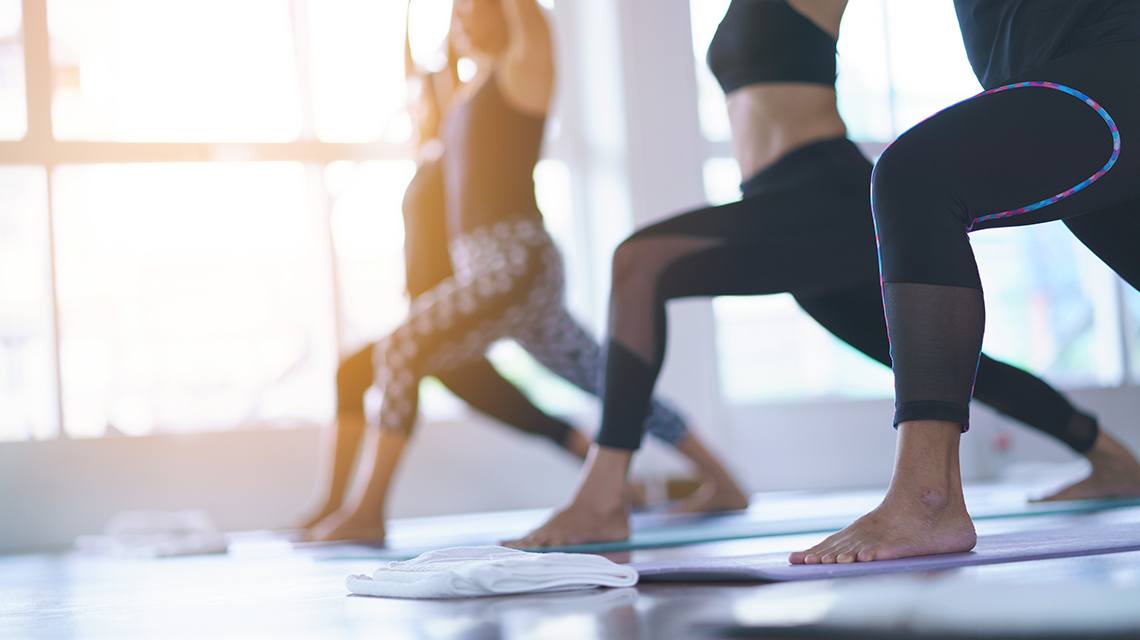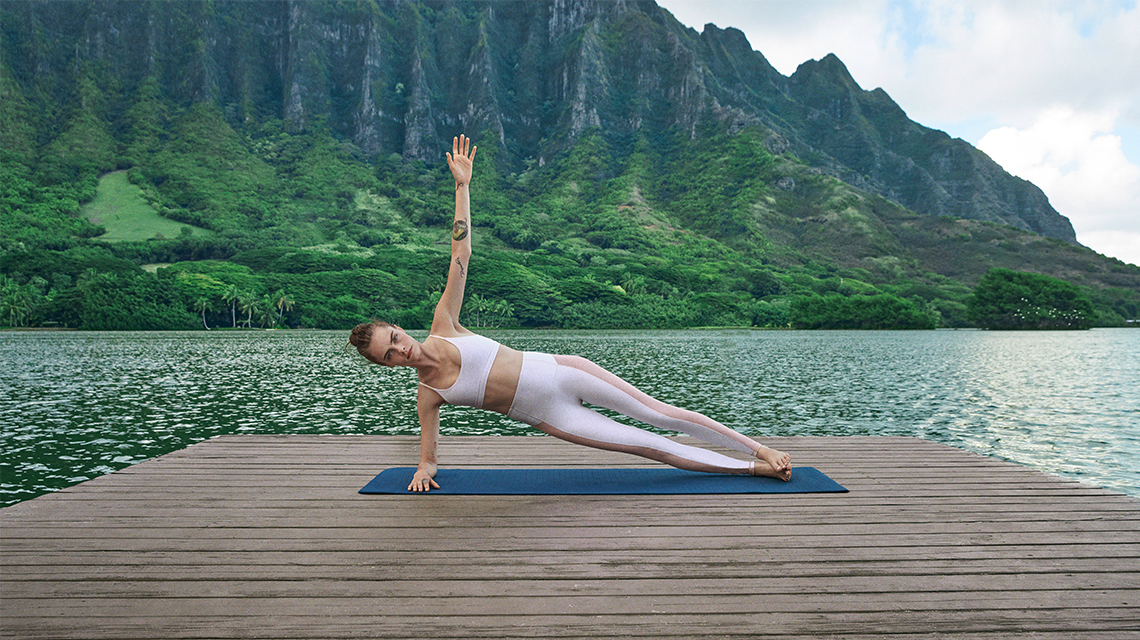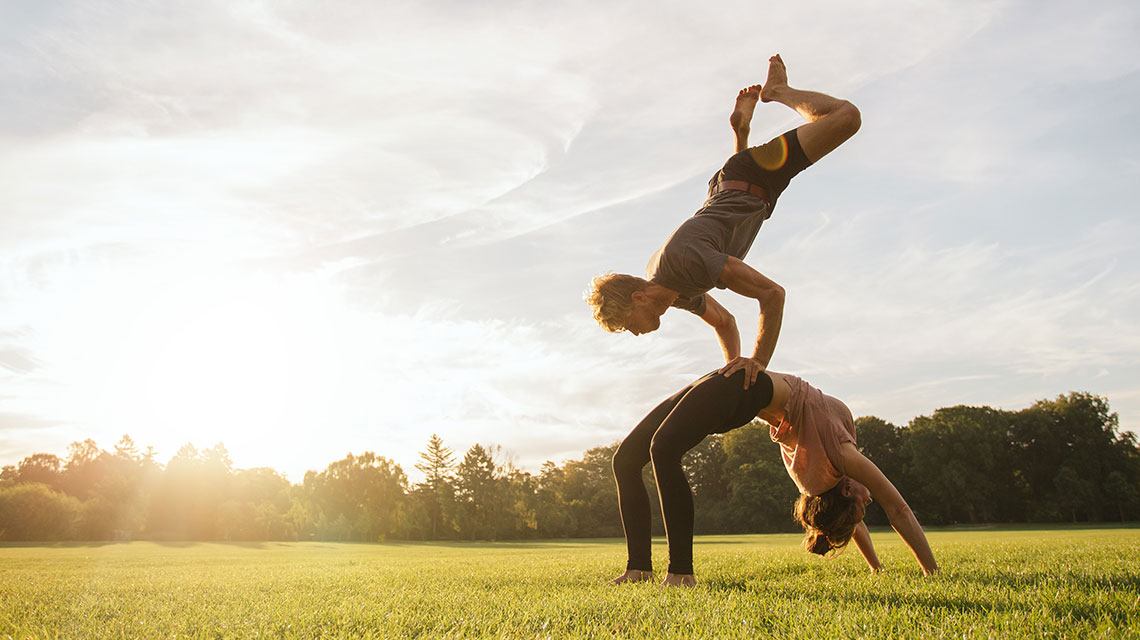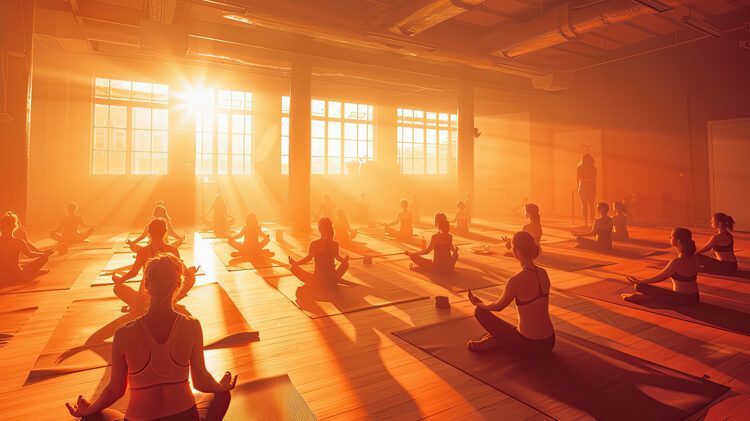
Sweat & Stretch:
Hot Yoga 101
Turn up the Heat
September 16, 2024Turn up the Heat
September 16, 2024Hot yoga, a sweltering trend in the wellness world, isn’t just about striking those asana poses; it’s about doing so in a room heated to around 40°C with 40% humidity. This high-temperature twist on traditional yoga claims to amplify the health benefits, but what exactly is hot yoga, where did it come from, and how does it impact our body? Let’s delve into the (sweaty) details.
What is Hot Yoga?
Hot yoga refers to a variety of yoga styles practiced in a heated environment. The heat is meant to replicate the climate of India, the birthplace of yoga, and enhance the physical benefits of the practice. While Bikram Yoga, developed by Bikram Choudhury in the 1970s, is the most famous form of hot yoga, other styles such as Hot Vinyasa and Hot Power Yoga have also gained popularity.
In a typical hot yoga session, participants are guided through a series of poses and breathing exercises, just like in traditional yoga, but the added heat and humidity create a unique, intense experience. Classes typically last 60 to 90 minutes, and the heat supports to make your muscles more pliable, increase sweating, and elevate the heart rate, offering a more vigorous workout.
The Origins Story
The roots of hot yoga extend back to Bikram Choudhury, an Indian yoga teacher who immigrated to the United States in the early 1970s. Choudhury, a protégé of Bishnu Ghosh (the younger brother of Paramahansa Yogananda), developed the Bikram Yoga sequence, a standardized series of 26 postures and two breathing exercises performed in a heated room.
Choudhury claimed that the heat was essential for replicating the conditions of his native India, helping to promote flexibility and prevent injury. Despite controversies surrounding Choudhury’s personal conduct, his method flourished, and hot yoga studios started popping up worldwide.
The Modern Status
Today, hot yoga has evolved beyond Bikram’s rigid structure. Many studios offer various hot yoga styles, each with its own flavour and approach. Hot Vinyasa, for instance, combines the dynamic flow of Vinyasa Yoga with the intense heat, creating a cardiovascular workout that also enhances flexibility. Hot Power Yoga, on the other hand, focuses on strength and endurance, often incorporating weights and high-intensity interval training (HIIT) elements.
Hot yoga has gained quite a dedicated following, with enthusiasts swearing for its transformative effects on both body and mind. From celebrities to everyday fitness buffs, people flock to hot yoga studios seeking the intense physical challenge and mental clarity it promises.
Health Benefits of Hot Yoga
The purported health benefits of hot yoga are numerous, though scientific backing is varied. Here’s a breakdown of some key benefits:
- Improved Flexibility: The heat helps to loosen muscles, making it easier to stretch deeply. This increased range of motion can enhance performance in other physical activities and reduce the risk of injuries.
- Enhanced Detoxification: While the idea of “sweating out toxins” is somewhat controversial among medical professionals, many hot yoga practitioners believe that all the plentiful sweating helps cleanse the body of impurities.
- Weight Loss: The high temperatures and vigorous activity can lead to significant calorie burn. Some studies suggest that a single session can burn anywhere from 300 to 600 calories, comparable to a brisk run.
- Cardiovascular Health: Hot yoga can elevate the heart rate to a level akin to moderate-intensity exercise, promoting cardiovascular fitness. The combination of heat and physical exertion can improve circulation and heart health.
- Mental Well-being: Like other forms of yoga, hot yoga emphasizes mindfulness, breath control, and concentration. These aspects can reduce stress, enhance mental clarity, and promote a sense of calm and well-being.
- Strength and Tone: Many hot yoga poses require holding body weight in challenging positions, which helps build muscular strength and tone.
- Improved Respiratory Function: The practice of pranayama (breath control) in a heated environment can increase lung capacity and improve overall respiratory function.
Contraindications and Risks
Despite its benefits, hot yoga isn’t for everyone. The intense heat and physical demands can pose risks, particularly for individuals with certain health conditions. Here are some contraindications and precautions to consider:
- Dehydration: The excessive sweating can lead to dehydration if adequate water intake isn’t maintained. It’s crucial to hydrate before, during, and after a session.
- Heat Exhaustion and Heat Stroke: Prolonged exposure to high temperatures can cause heat exhaustion or, in severe cases, heat stroke. Symptoms include dizziness, nausea, headache, and confusion. If any of these occur, it’s important to stop and cool down immediately.
- Heart Conditions: Those with cardiovascular issues should consult a doctor before participating, as the heat can place additional strain on the heart.
- Pregnancy: Pregnant women are generally advised to avoid hot yoga due to the potential risk of overheating.
- Low Blood Pressure: The heat can cause blood vessels to dilate, potentially leading to dizziness or fainting in individuals with low blood pressure.
- Joint and Muscle Problems: While heat can aid flexibility, it can also mask pain, leading individuals to push beyond safe limits and potentially cause injury.
- Respiratory Issues: The hot and humid environment can exacerbate conditions like asthma, making breathing more difficult.
Tips for a Safe and Enjoyable Hot Yoga Experience
If you’re intrigued by hot yoga and want to give it a try, here are some tips to ensure a safe and enjoyable experience:
- Hydrate Well: Start hydrating well before your class and continue drinking water throughout. Electrolyte-rich drinks can also help maintain balance in the body.
- Dress Light: Wear moisture-wicking, lightweight clothing to help your body cool down and stay comfortable.
- Listen to Your Body: Pay attention to how you’re feeling. If you start to feel dizzy, nauseous, or overly fatigued, take a break or step out of the room.
- Acclimate Gradually: If you’re new to hot yoga, ease into it. Start with shorter sessions and gradually build up your tolerance.
- Fuel Up: Eat a light, balanced meal a couple of hours before class to ensure you have enough energy without feeling weighed down.
- Focus on Breath: Use breath control to stay calm and centred. Deep, controlled breathing can help manage the intensity of the heat and physical exertion.
- Consult a Professional: If you have any health concerns or conditions, speak with a healthcare provider before starting hot yoga.
Conclusion
Hot yoga is a unique and intense form of exercise that combines the benefits of traditional yoga with the added challenge of a heated environment. While it offers numerous health benefits, it’s essential to approach it with caution and awareness of the potential risks.
Whether you’re looking to increase flexibility, detoxify, lose weight, or simply try something new, hot yoga can be a rewarding practice that heats up your fitness routine in more ways than one. Remember, the key to a successful hot yoga practice is to stay hydrated, listen to your body, and, most importantly, have fun with it!
